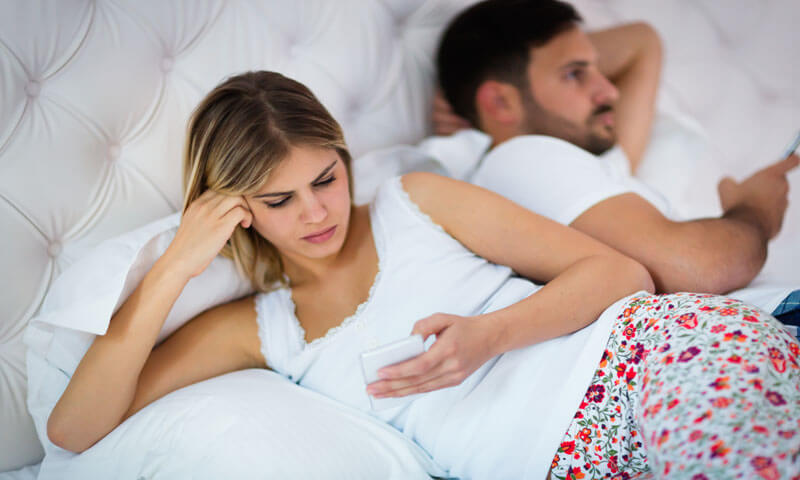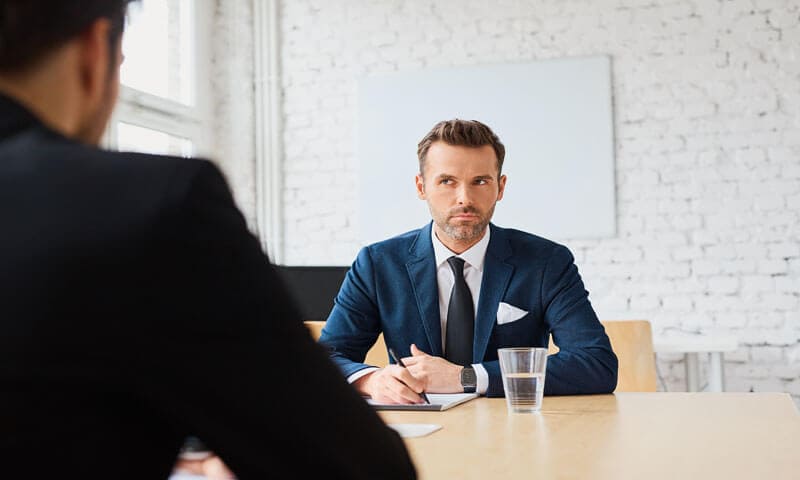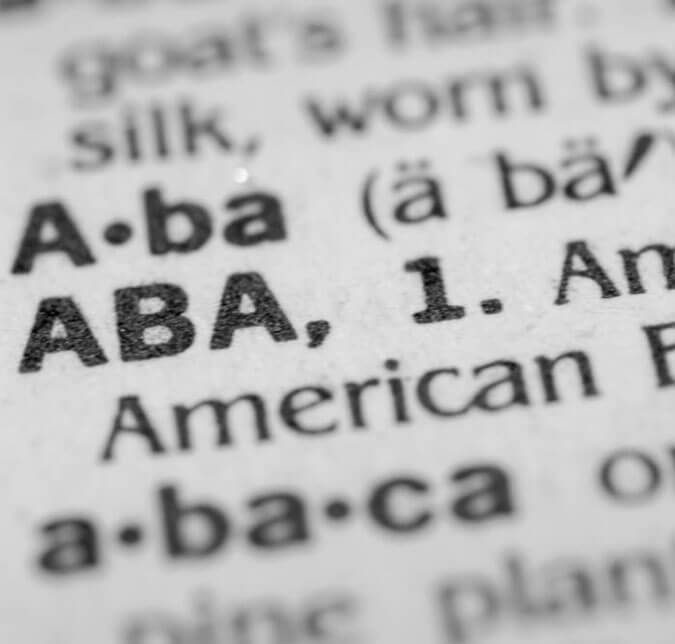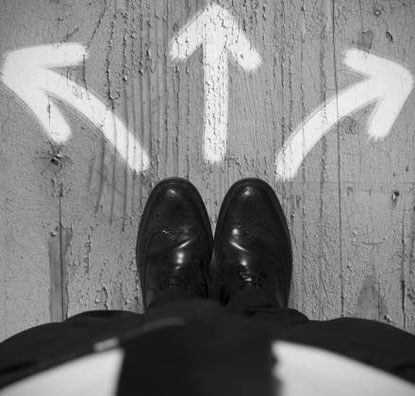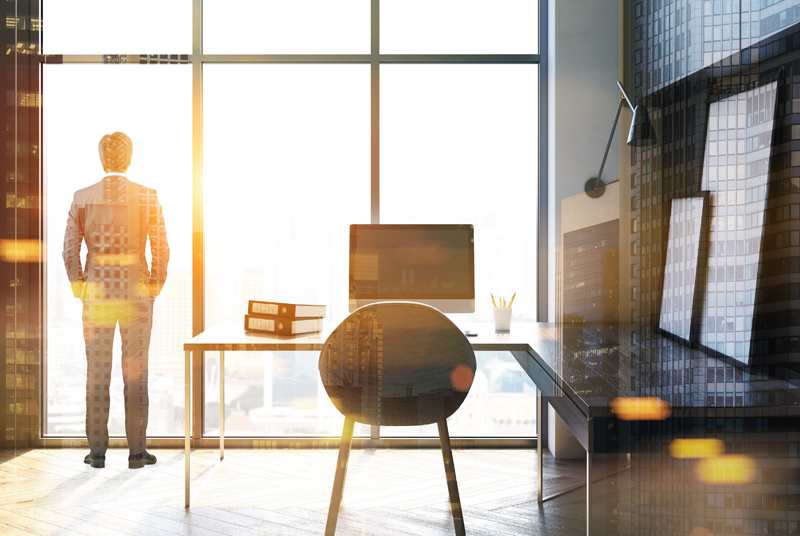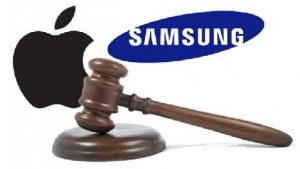
The Judge presiding over the case, U.S. District Judge Lucy Koh, has herself in June called Samsung’s Galaxy 10.1 tablet computer “virtually indistinguishable” from Apple’s iPad, and subsequently banned its U.S. sales pending this case’s verdict.
“Samsung’s designs are so similar to the Apple designs that they are likely to cause Apple’s designs to be viewed as less unique in the marketplace,” said Apple’s Harold McElhinny in closing arguments. He was referring to the unit’s touch screen gestures, icon design, “rubber-banding” technology on how icons move, and other components.
Koh has sought to get the companies to settle, and has even asked if Apple’s lawyers weren’t “smoking crack” when they refused.
Samsung has countersued Apply in this case, and is trying to prove that Apple itself borrowed ideas and technology for its own products.
“Saying Apple is a copyist is going to be a hard sell,” said Ellen Brickman, a jury and trial consultant. “Apple changed the world when it came to computers. Apple changed the world when it came to phones.”
Samsung’s attorney Charles Verhoeven closed his arguments saying that “Apple is asking what it is not entitled to. Rather than competing in the marketplace, Apple is seeking an edge in the courtroom.” He says Samsung is merely giving the customers what they want: simple-to-use products with wide screens. “There is nothing nefarious about this, it’s the way technology has evolved,” he said, showing slides of a whole live of similar products from a Best Buy advertisement. “It’s not against the law in this country to be inspired by your competition.”
He only has to convince a single jury member. Apple can win only if the jury is unanimous. They were give 109 pages of instructions on how to decide the case.
“If you find that Apple has suffered injury to its business or property, you must determine whether Apple has proven that it is entitled to damages for such injury,” the instructions conclude. “The amount of any damages is the amount of damages that Apple has proven at trial with reasonable certainty.”










